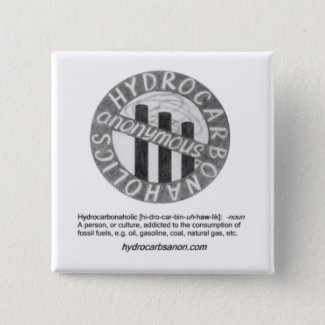True Cost Pricing takes a more comprehensive look at what a product or service costs, taking into account not just the Economic Capital gained or lost, but the impact on Natural Capital and Social Capital as well.
It can be argued, for example, that coal is a cheap and plentiful source of energy. As a purely economic matter, that’s true. But what is the impact of coal on Natural and Social Capital? When you remove a mountain top, sending toxic runoff into rivers and streams, for the sake of argument, let’s call that bad for the environment. Let’s stipulate as well that increased rates of kidney disease, lung disease, and high blood pressure associated with the mining and burning of coal are also bad.
Whatever moral weight we give these impacts, they have real economic costs. As the purchasers of “cheaper” electricity, however, we don’t see the downsides—or we see them but the connections are obscured.
We pay $1 for a lump of coal, which looks cheaper than paying $2 for a cup of sunshine. But the following year, for each lump, we pay another $1 in increased Medicare premiums; ten years later our children pay $1.50 for each faint spray of brackish bottled water they can find, cuz it don’t come from the stream no more, cuz there ain’t no stream.
This is standard business practice: privatize the profits and socialize the losses. Businesses turn potential losses into externalities, or “externalized costs.” This is ethically and morally problematic, and something I am apt to occasionally spit, sputter, and spew about—often inappropriately in social contexts (where should one spew? here, I guess)—but in the end business is business.
“I stung you because that’s my nature,” the scorpion says to the frog, midstream, as they both drown. And that’s the rationale for regulation and oversight. Businesses are going to do pretty much anything they can, and the market is often going to push them further and faster in the wrong direction.
The Collective We—that would be The Gummint, but keep this quiet or we’ll scare the Republicrats—need to get together and act as a counterweight. Not because we are anti-business or anti-progress or antediluvian, but because we have an interest in the future that BizCo often can’t afford to indulge unless forced—that’s right Boss, the future actually extends beyond the end of this fiscal quarter. . . yes, really.
Three quick automotive examples related to True Cost Pricing:
1. Hybrid cars (mine included) don’t always look good when you add up all of the energy costs. There’s wiggle room in the math, but some people argue that the energy and disposal costs of the batteries outweigh the gas mileage savings.
2. Autoblog Green notes that, “EU [European Union] Directive 2005/64/EC states that after December 2008 all vehicle manufacturers will have to provide evidence of recyclability when they apply for type-approval of new vehicles. The minimum that new vehicles under the directive must be reusable and/or recyclable is 85 percent and at least 95 percent by mass must be reusable and/or recoverable.” The end-of-life costs of European cars, rather than just the costs of manufacture, are embedded in the purchase price—and the manufacturer has an incentive to keep all of the costs as low as possible.
३. According to Green Car Congress, British automakers cut manufacturing energy use, waste, and CO2 emissions in half between 2001 and 2005. Good for them, good for us.
When I’m not spitting, sputtering, or spewing, I tend to be fretting. Tommy Rob Malthus is looking fashionable and prescient again (never mind Garrett Hardin) and my faith in tomorrow is always on the shaky side.
Still, we ought to structure our economy and our regulatory apparatus on the optimistic premise that we have a future.








No comments:
Post a Comment